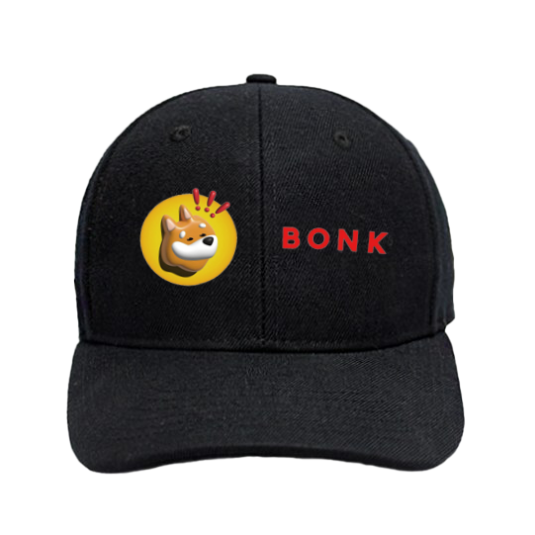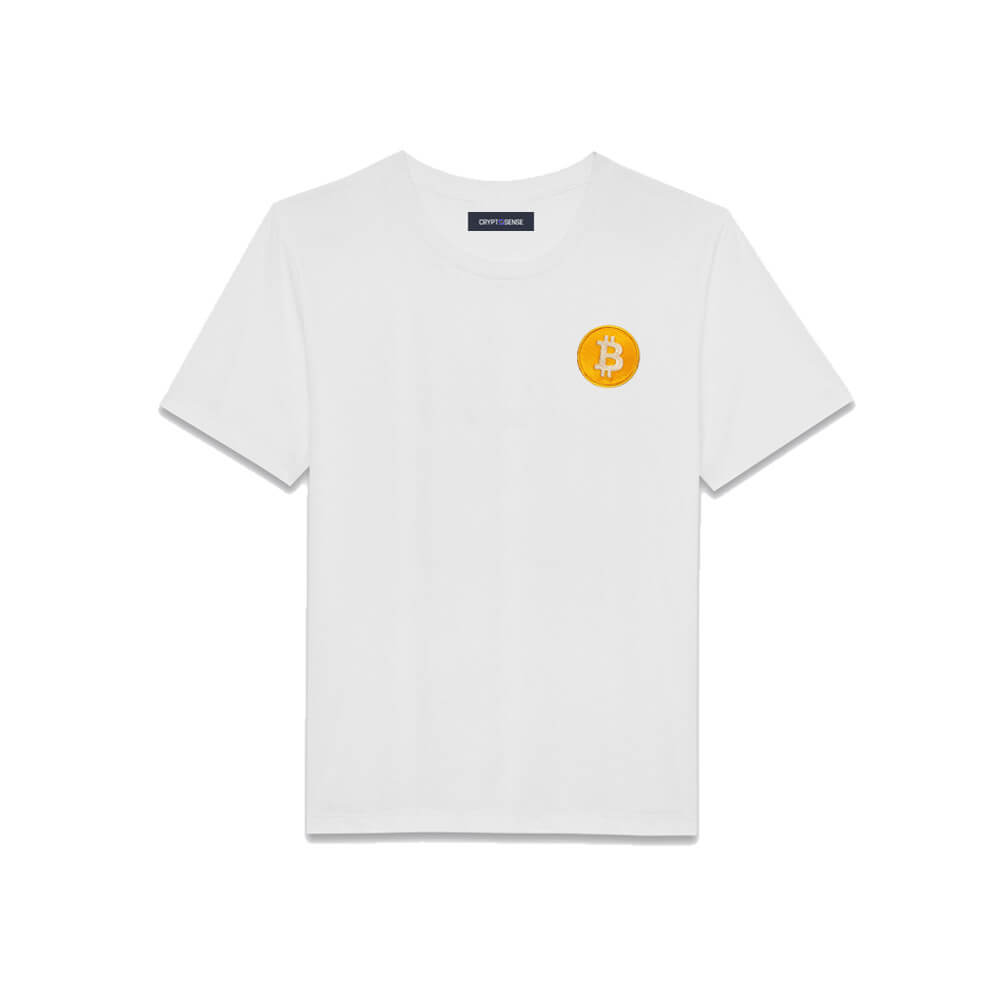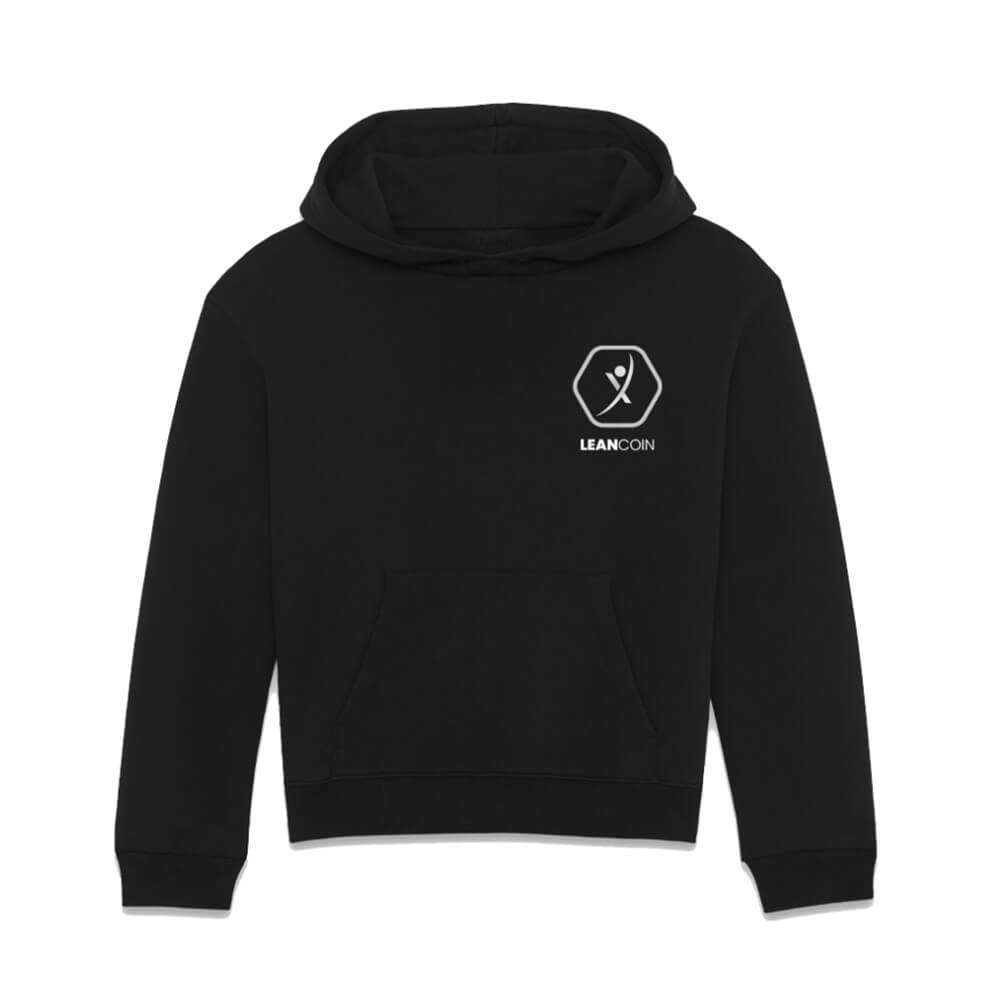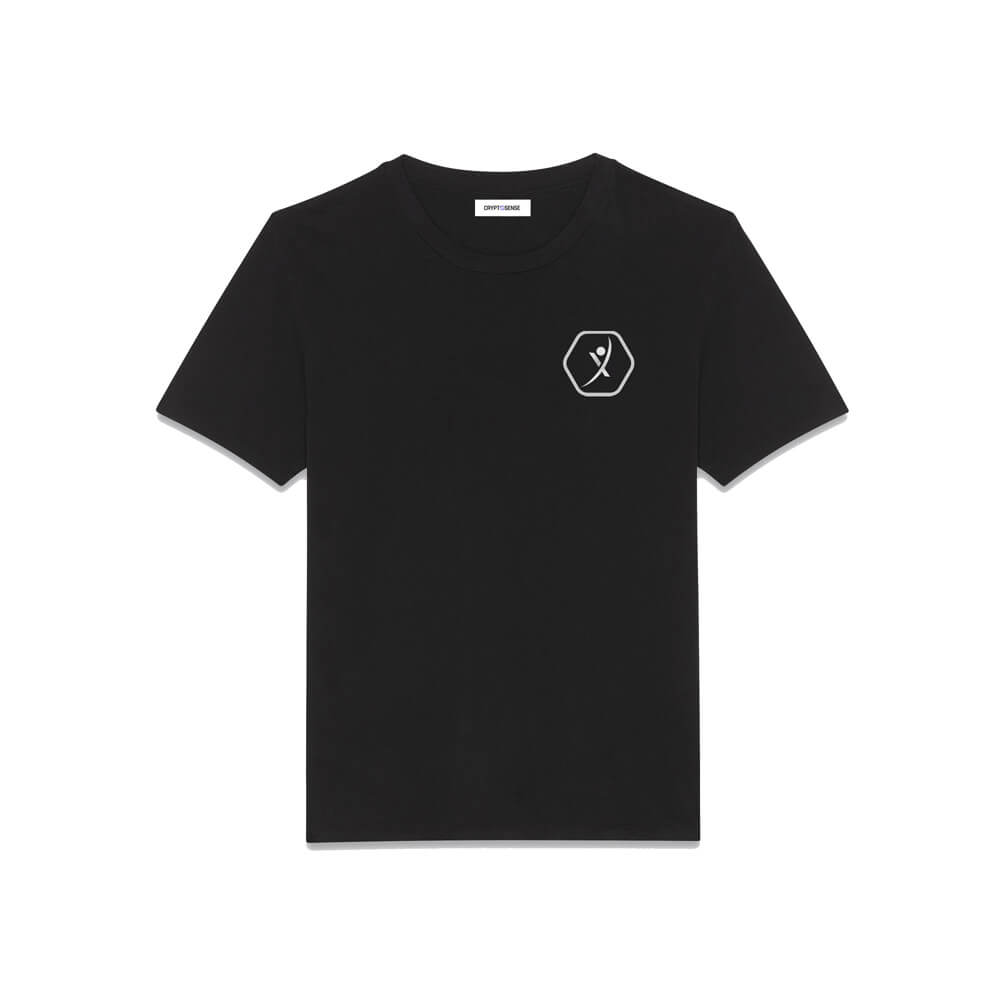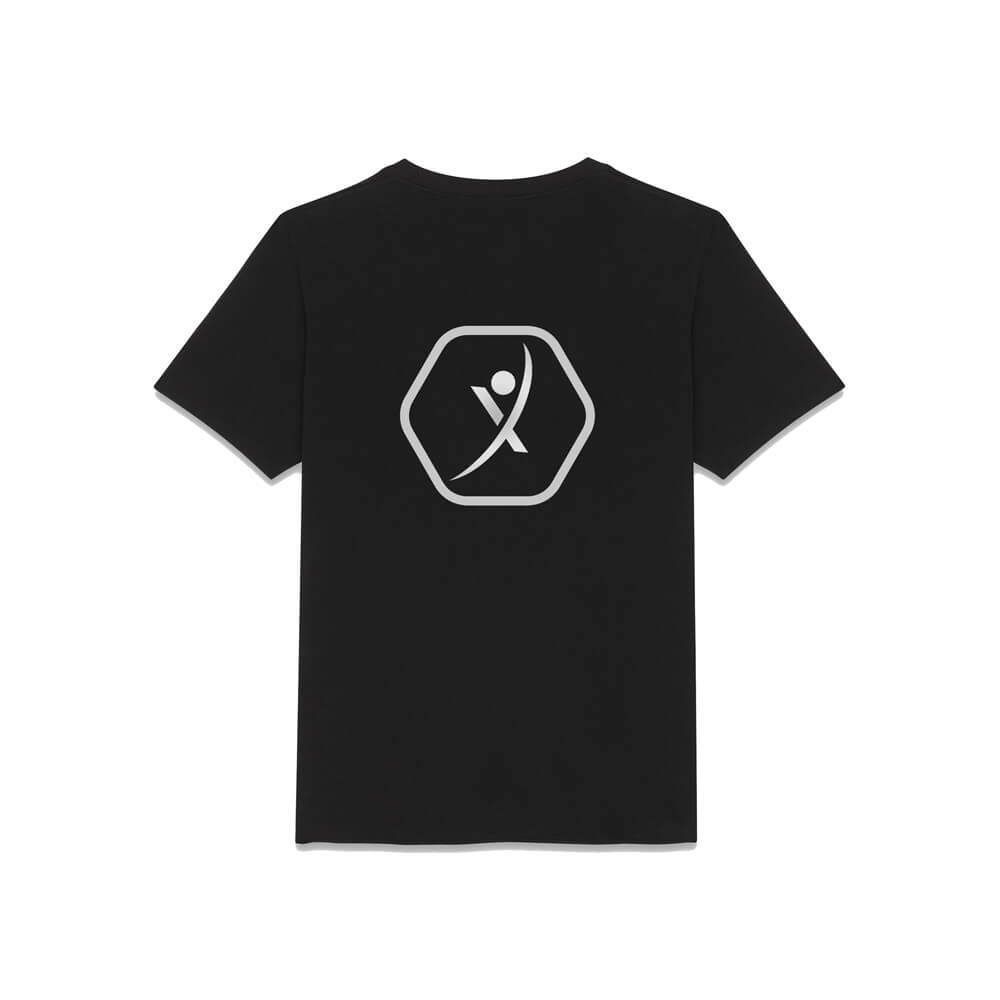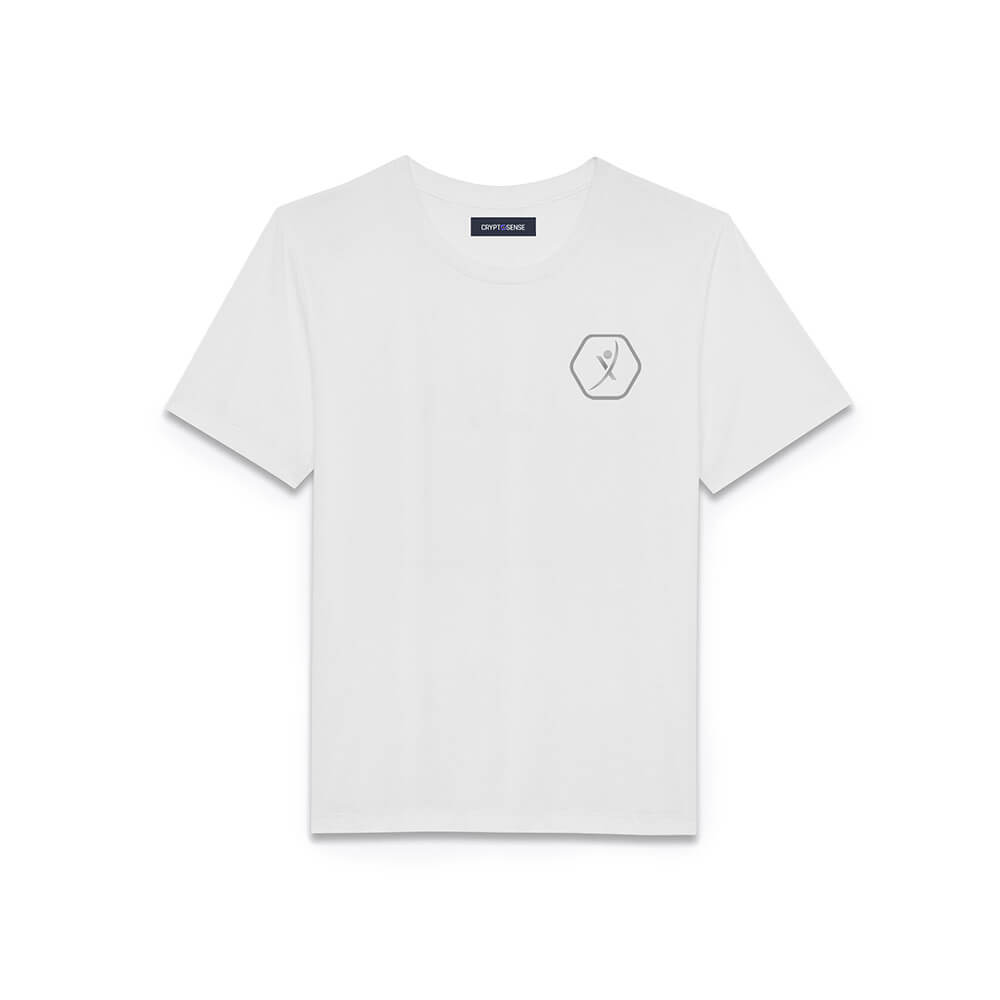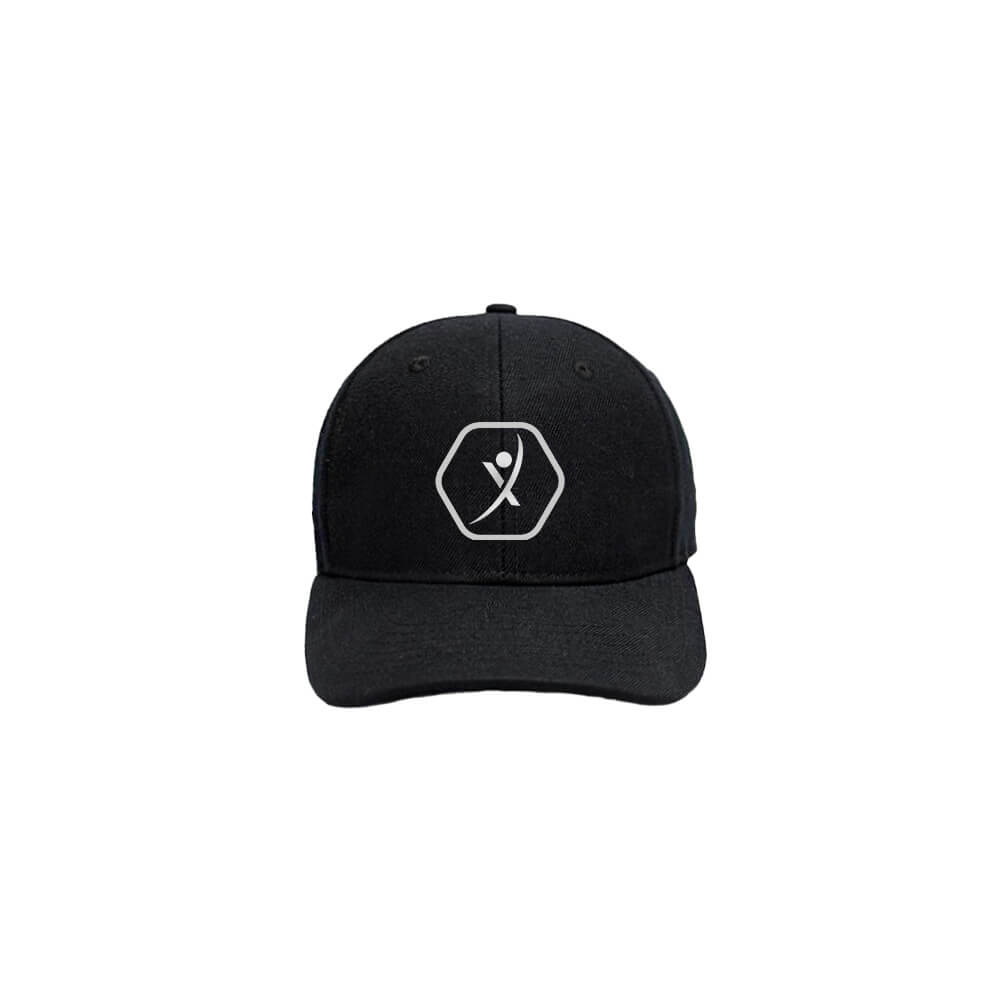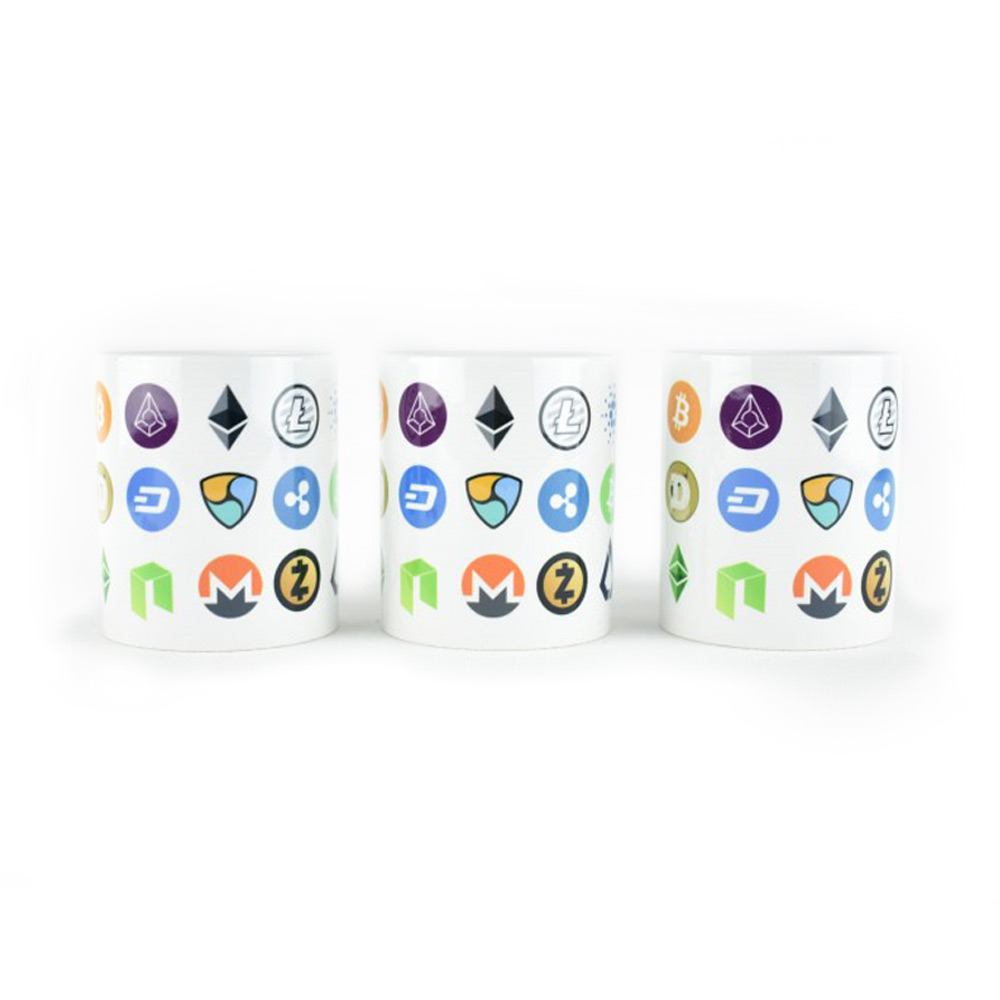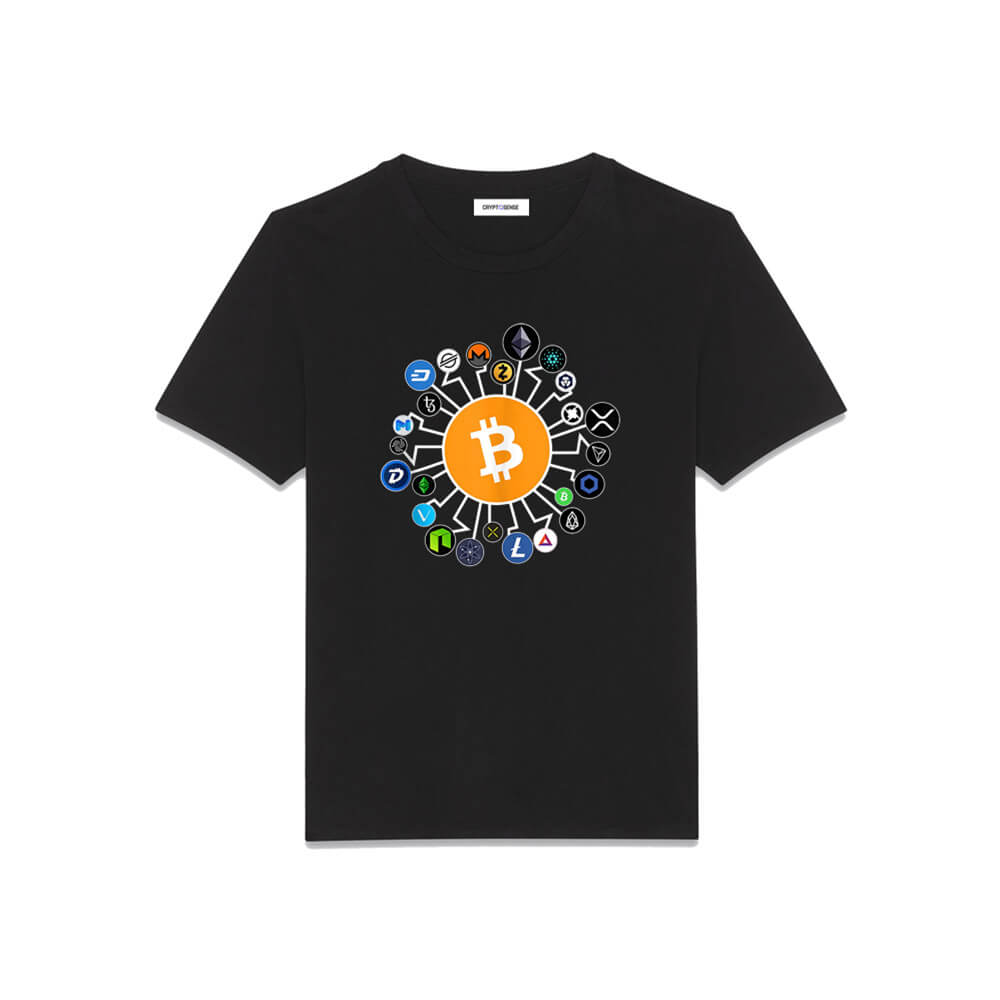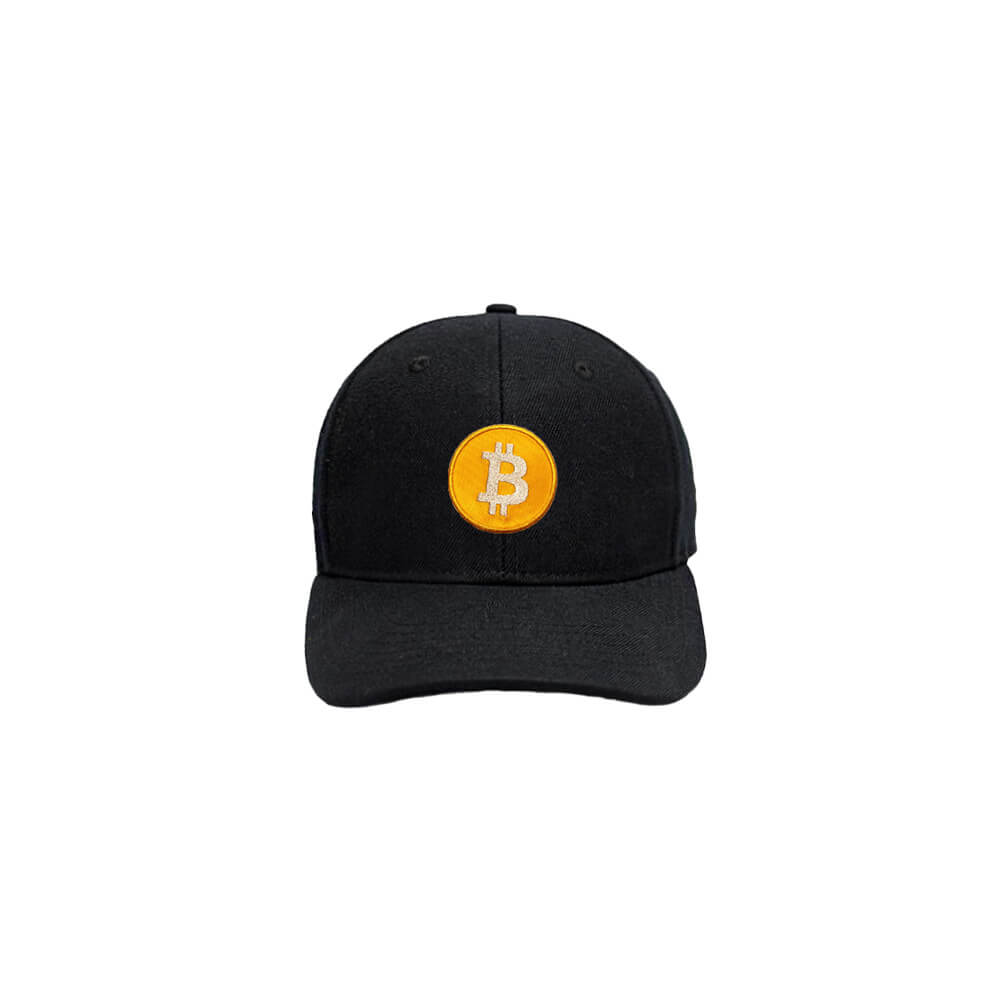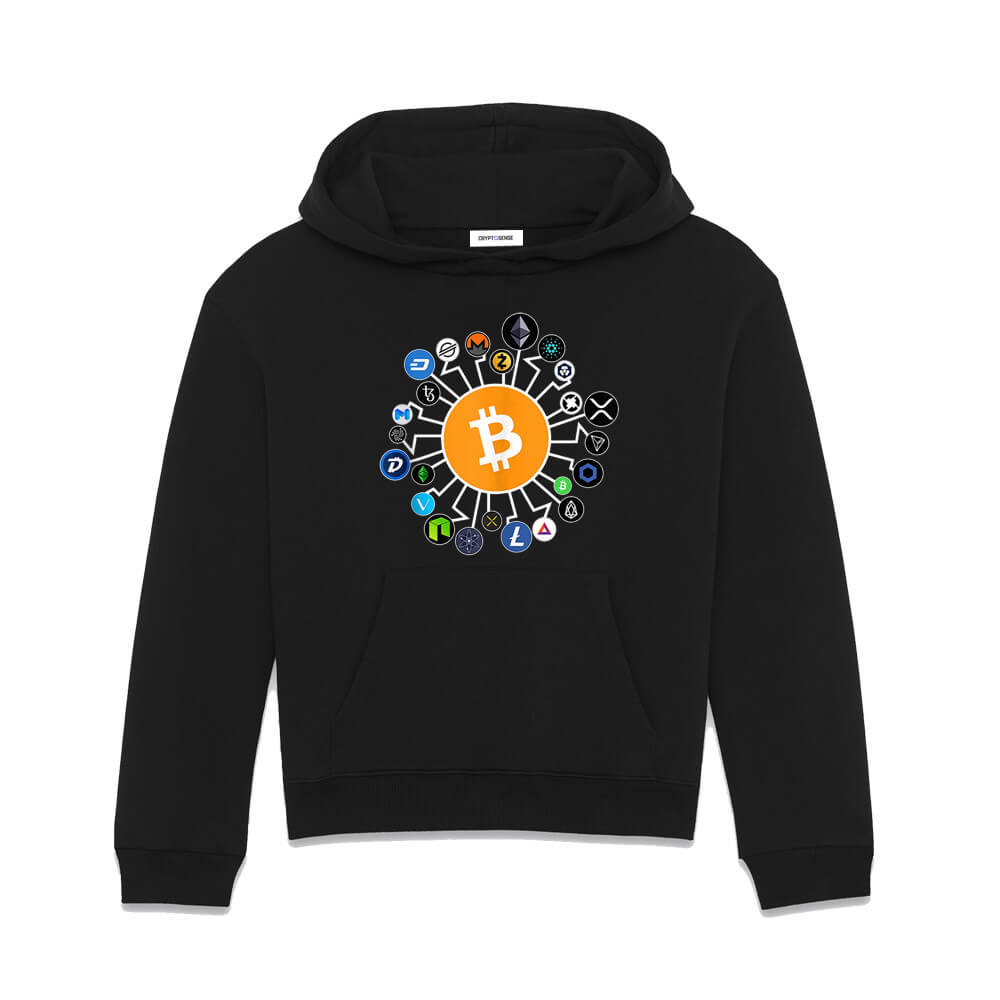Latest products
Bonk baseball cap black
$ 39.00Bitcoin badge t-shirt black
$ 49.00Bitcoin badge t-shirt white
$ 49.00Leancoin hoodie black
$ 79.00Leancoin t-shirt black
$ 49.00Latest posts
Merch Market – Uncovering the Growth and Opportunities in the Merchandise Industry

The merch market has evolved over the years into a multi-billion-dollar industry that encompasses a wide variety of products and sectors. As the market continues to expand, businesses are discovering new opportunities to generate revenue, build brand loyalty, and engage with their target audience. This article will delve into the history of the merch market, its current state, and future projections, revealing the potential it holds for businesses in various industries.
Table of Contents
ToggleThe History of the Merch Market
The merch market has its roots in the early 20th century when promotional items, such as branded calendars and pens, were used as marketing tools to build brand awareness. However, the market truly began to take shape in the mid-20th century with the rise of branded merchandise for popular music bands, sports teams, and television shows. Over the years, the merch market has grown and diversified, encompassing everything from clothing and accessories to collectibles and home goods.
The Current State of the Merch Market
Today, the global merch market is estimated to be worth billions of dollars, with some experts predicting that it could reach $50 billion by 2025. This growth can be attributed to various factors, including:
- The Rise of E-Commerce: Online shopping has revolutionized the way consumers purchase merchandise, making it easier than ever for businesses to offer a wide range of products directly to their target audience.
- Social Media and Influencer Marketing: Social media platforms have provided businesses with a new way to promote their merch collections, while influencers have become valuable partners in driving brand awareness and sales.
- Customization and Personalization: Advances in technology have made it possible for businesses to offer customized and personalized products, allowing consumers to express their unique style and preferences.
- Growing Consumer Demand: Consumers are increasingly interested in supporting their favorite brands, projects, and creators through the purchase of merchandise, making it a key revenue stream for many businesses.
Future Projections and Opportunities
As the merch market continues to grow, businesses can capitalize on several key opportunities:
- Niche Markets: As the market becomes more saturated, businesses can differentiate themselves by targeting niche markets and offering specialized products that cater to the unique needs and preferences of their target audience.
- Sustainable and Ethical Products: Consumers are becoming more conscious of the environmental and social impact of their purchases, creating an opportunity for businesses to offer sustainable and ethically-sourced merchandise.
- Collaboration and Co-Branding: Partnerships and collaborations between businesses, influencers, and other brands can lead to innovative and exciting merch collections that generate buzz and drive sales.
- Merchandise in the Digital Space: The rise of digital assets, such as non-fungible tokens (NFTs) and virtual goods, presents new opportunities for businesses to create and monetize digital merchandise that appeals to tech-savvy consumers.
Conclusion
The merch market has come a long way since its early beginnings, evolving into a thriving industry that offers immense business potential for companies of all sizes and sectors. By staying attuned to market trends and leveraging new opportunities, businesses can tap into the lucrative world of merchandise to drive revenue, build brand loyalty, and forge lasting connections with their target audience.
Share this post


